In the realm of global trade, sea freight serves as a cornerstone method for transporting goods across continents, particularly for businesses engaged in importing from countries like China. As one of the most economical and efficient shipping options, sea freight allows for the movement of large quantities of cargo at a fraction of the cost of air transport. This method is not only beneficial for its cost-effectiveness but also offers increased cargo capacity and a lower environmental impact, making it a preferred choice for many companies. In this comprehensive guide, we will explore the intricacies of sea freight, key considerations for shipping from China to Poland, and practical strategies for optimizing your logistics operations. Whether you’re familiar with the shipping process or new to international trade, understanding sea freight can significantly enhance your import strategy and overall supply chain management.
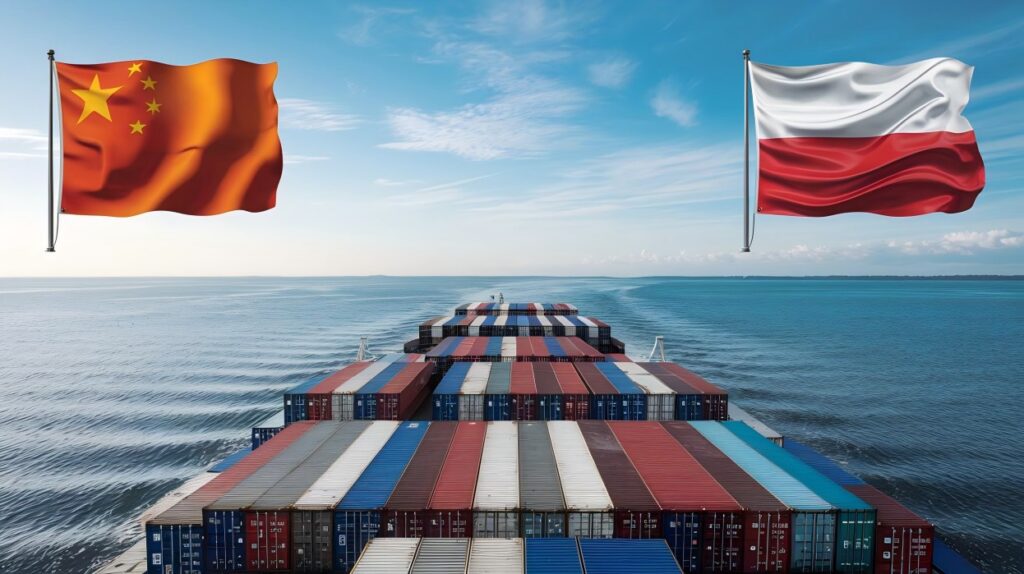
Understanding Sea Freight
Sea freight, often referred to as ocean freight, is a method of transporting goods via ships across international waters. It is one of the most widely used methods for global trade, particularly for bulk shipments, large quantities of goods, or items that are too heavy for air transportation.
Choosing sea freight comes with various advantages:
-
Cost-Effectiveness: Compared to air freight, sea freight is significantly cheaper, making it an attractive option for businesses looking to import goods from countries like China. This method is particularly beneficial for large volumes of cargo, where the shipping costs per unit decrease as the shipment size increases.
-
Increased Cargo Capacity: Ships are capable of carrying large quantities of goods, from containers filled with manufactured products to bulk items such as raw materials. This is particularly advantageous for companies dealing with high-volume imports.
-
Environmental Impact: Sea freight is recognized for its lower carbon footprint when transporting goods over long distances. For organizations focused on sustainability, this method can contribute positively to their environmental goals.
-
Versatility: Sea freight accommodates a wide range of goods, including hazardous materials, oversized cargo, and perishables—provided they are appropriately packaged and documented.
Benefits of Sea Freight for Importing Goods
When importing goods, businesses often opt for sea freight due to multiple compelling advantages:
| Benefit | Description |
|---|---|
| Lower Shipping Costs | Sea freight generally offers lower rates compared to air freight, especially for bulk shipments. |
| Greater Cargo Capacity | Ships can handle massive loads, allowing for efficient transportation of large volumes. |
| Flexibility in Schedules | With numerous shipping lines and ports, businesses can choose schedules that best meet their needs. |
| Reduced Risk of Damage | Shipping containers are designed to protect goods from environmental factors, minimizing the risk of damage during transport. |
| Simplicity in Logistics | Using a single shipping method simplifies logistics management compared to multi-modal transportation. |
Key Considerations for Shipping from China to Poland
When importing goods from China to Poland, it is critical to understand the logistics involved. Below are the primary considerations:
Shipping Methods
There are several shipping methods available for transporting goods from China to Poland. The most common include:
-
Full Container Load (FCL): This method is advisable for businesses shipping large volumes of goods. A full container is dedicated to the shipment, reducing handling and transit time.
-
Less than Container Load (LCL): Suitable for smaller shipments, LCL allows businesses to share container space with other shipments, making it a cost-effective option without incurring the costs of an entire container.
-
Roll-on/Roll-off (RoRo): This method is used for transporting vehicles and heavy machinery where the cargo can be driven onto the ship.
Shipping Routes
The choice of shipping route is essential for ensuring timely delivery. The primary shipping routes from China to Poland typically involve:
-
Direct Routes: Some shipping lines offer direct services from major Chinese ports (such as Shanghai and Shenzhen) to Polish ports like Gdynia and Gdańsk, minimizing transit times.
-
Transshipment Routes: Involves transferring cargo at intermediary ports (like Hamburg or Rotterdam) before reaching Poland. While this may increase shipping time, it can provide more flexibility in terms of scheduling and cost.
Required Documents
Shipping from China to Poland necessitates specific documentation to ensure compliance with international trade regulations. Key documents include:
-
Commercial Invoice: Outlines the details of the transaction, including the value of goods and payment terms.
-
Packing List: Provides a detailed list of items in the shipment, including dimensions and weights.
-
Bill of Lading (B/L): Serves as the contract between the shipper and the carrier, detailing the conditions under which goods are transported.
-
Customs Declaration: Required for customs clearance, this document outlines the nature, value, and origin of the goods.
Customs Clearance
Navigating customs clearance is a critical aspect of importing goods. It involves:
-
Compliance with Regulations: Ensuring all documents are completed accurately and submitted on time to avoid delays.
-
Tariffs and Duties: Understanding the applicable tariffs and duties for your specific goods is essential for budget planning. Utilizing a professional freight forwarder like Dantful International Logistics can streamline this process, offering expertise in navigating customs regulations.
-
Inspections: Be prepared for possible inspections by customs authorities, which may include verifying the contents against the shipping documents.
-
Working with Customs Brokers: Engaging a customs broker can facilitate the customs process and help mitigate potential issues, ensuring compliance with both Chinese export regulations and Polish import regulations.
By understanding these key considerations, businesses can optimize their sea freight shipments from China to Poland, ensuring efficient and cost-effective logistics.
You may be interested in the following related articles:
- Shipping From China To Cyprus
- Shipping From China to Greece
- Shipping From China to Turkey
- Shipping From China To Belgium
- Shipping From China To Sweden
- Shipping From China To Finland
- Shipping From China To Portugal
- Shipping From China To Czech Republic
- Shipping From China to Austria
- Shipping From China to Hungary
- Shipping From China to Romania
Major Ports for Sea Freight
Top Chinese Ports for Exporting to Poland
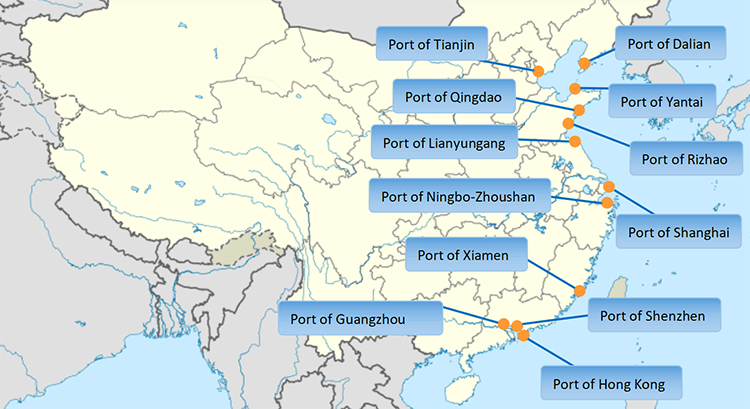
When considering sea freight from China to Poland, the choice of departure port can significantly impact transit time and shipping costs. Here are some of the top ports in China for exporting goods:
| Port | Location | Notable Features |
|---|---|---|
| Shanghai | East China Sea | The busiest port in the world, with extensive shipping routes and excellent infrastructure. |
| Shenzhen | South China Sea | Major hub for electronics and consumer goods, offering LCL and FCL options. |
| Ningbo | East China Sea | Known for its efficient operations and connectivity to various global shipping lines. |
| Guangzhou | Pearl River Delta | A key port for bulk goods and general cargo, facilitating trade with Asia and beyond. |
| Xiamen | Taiwan Strait | Gaining popularity for its strategic location and comprehensive shipping services. |
These ports provide robust logistical options for businesses looking to import goods into Poland, making them ideal starting points for your shipments.
Key Poland Ports for Imports
Upon arrival in Poland, several key ports facilitate the import process, ensuring efficient distribution across Europe. Notable Polish ports include:
| Port | Location | Notable Features |
|---|---|---|
| Gdynia | Baltic Sea | The primary port for container traffic, known for its modern facilities and quick turnaround. |
| Gdańsk | Baltic Sea | Offers deep-water capabilities and is increasingly important for bulk cargo and containers. |
| Szczecin | Oder River | A significant port for industrial goods and raw materials, with direct access to Germany. |
| Kołobrzeg | Baltic Sea | Known for handling smaller vessels and offers services for the fishing and tourism industries. |
| Wrocław | Inland Port | Although not on the coast, it is vital for container traffic, connected by river and rail to major sea ports. |
These ports form critical nodes in the supply chain, ensuring smooth transitions from sea freight to inland logistics.
The Sea Freight Shipping Process Step-by-Step
The process of shipping goods via sea freight can be complex, but understanding each step can help streamline operations. Here’s a comprehensive breakdown of the shipping process when importing from China to Poland:
1. Obtaining a Freight Quote and Booking
-
Providing Shipment Details to the Freight Forwarder: This includes information about the type of goods, dimensions, weight, and desired shipping timeline. Accurate details enable freight forwarders to provide precise quotes.
-
Agreeing on Shipping Terms and Rates: Discuss terms such as Incoterms, insurance options, and any special handling requirements. This stage is crucial for establishing a clear understanding of costs and responsibilities.
-
Confirming the Booking: Once the terms are accepted, confirm the booking with the freight forwarder. This often involves signing a service agreement and providing any necessary deposits.
2. Cargo Pick-Up and Delivery to the Port
-
Arranging for Cargo Pick-Up from the Supplier: Coordinate with your supplier to schedule the pick-up of goods. This ensures a timely collection of merchandise.
-
Transporting the Goods to the Port of Departure in China: Determine the best transportation method, typically involving trucks or rail, to deliver the goods to the designated port efficiently.
3. Export Customs Clearance in China
-
Submitting Required Documents: Prepare and submit necessary documentation for customs clearance, including commercial invoices, packing lists, and export permits.
-
Paying Export Duties and Taxes: Ensure all applicable fees are settled to facilitate smooth clearance through customs.
4. Loading and Ocean Transportation
-
Loading the Cargo onto the Vessel: Once customs clearance is complete, the cargo is loaded onto the vessel. It’s essential to ensure that all goods are secured properly to prevent damage during transit.
-
Transit Time from China to Poland: Depending on the shipping route and vessel speed, transit times can vary. Typical durations range from 30 to 45 days.
5. Import Customs Clearance in Poland
-
Submitting Import Documents: Upon arrival in Poland, submit the required documents to customs authorities, including bills of lading, import permits, and invoices.
-
Paying Import Duties and Taxes: Ensure payment of all import tariffs and duties to avoid delays in the release of goods.
6. Cargo Unloading and Delivery to the Final Destination
-
Unloading the Cargo at the Port of Arrival in Poland: Once customs clearance is complete, the cargo is unloaded from the vessel and prepared for distribution.
-
Arranging for Final Delivery to Your Warehouse or Facility: Coordinate transportation from the port to the final destination, whether it’s a warehouse or retail location. This can involve additional logistics providers.
Understanding each phase of the sea freight shipping process is crucial for successful import operations. Engaging with a reliable freight forwarder, such as Dantful International Logistics, can streamline this process, offering professional, cost-effective, and high-quality services tailored to meet your logistics needs.
Shipping Costs from China to Poland by Sea Freight
When planning to import goods from China to Poland via sea freight, understanding the cost structure is crucial for budgeting and profitability. Below, we break down the various components that contribute to shipping expenses and offer valuable tips on how to reduce these costs.
Breakdown of Sea Freight Costs
The overall cost of shipping goods from China to Poland involves several factors. Here’s an overview of the primary components of sea freight costs:
| Cost Component | Description |
|---|---|
| Freight Charges | The base cost of transporting goods from the port of origin to the destination port. Charges can vary based on whether you choose Full Container Load (FCL) or Less than Container Load (LCL). |
| Port Fees | Charges incurred at both the loading and unloading ports, including handling fees, terminal fees, and other port-related expenses. |
| Insurance Costs | Optional but highly recommended, marine insurance protects against potential loss or damage during transit. The cost varies depending on the cargo value and insurance provider. |
| Customs Duties and Taxes | Import tariffs imposed by both Chinese and Polish customs authorities. These costs depend on the nature of the goods being shipped and their declared value. |
| Documentation Fees | Costs associated with preparing and processing necessary shipping documents, such as bills of lading, commercial invoices, and customs declarations. |
| Transport Costs to/from Port | Expenses for land transport to move goods to the shipping port in China and from the port of arrival in Poland to the final destination. |
| Loading and Unloading Fees | Charges for loading the cargo onto the vessel in China and unloading it upon arrival in Poland. |
An accurate estimate based on these components can help you plan your logistics budget more effectively.
Tips for Reducing Shipping Expenses
Reducing shipping costs is a priority for many businesses. Here are some practical strategies to consider:
-
Choose the Right Shipping Method: Assess whether FCL or LCL is more cost-effective based on your shipment size. FCL is often cheaper per unit for larger shipments, while LCL can save costs for smaller loads.
-
Optimize Packaging: Properly packing goods can maximize container space and reduce shipping costs. Consider using standardized sizes and shapes to fit more items into each container.
-
Negotiate Rates with Freight Forwarders: Building a relationship with a freight forwarder like Dantful International Logistics can provide access to better rates and terms due to higher shipping volumes.
-
Consolidate Shipments: Combining smaller shipments into one larger container can lower overall costs and streamline logistics.
-
Plan Ahead and Avoid Peak Seasons: Shipping during off-peak periods can result in lower freight rates. Planning shipments well in advance can help avoid last-minute costs.
-
Explore Different Shipping Routes: Some routes may be more cost-effective than others. Discuss options with your freight forwarder to find the best solutions.
Implementing these tips can lead to significant savings, enhancing your overall import strategy.
Shipping Times from China to Poland by Sea Freight
Understanding shipping times is essential for effective supply chain management. The time it takes to transport goods can differ based on the shipping route, logistics, and chosen service levels.
Port-to-Port Delivery
Typical Transit Times for Major Port Pairs
Transit times can vary significantly based on the specific ports involved, the shipping line selected, and prevailing maritime conditions. Below are typical port-to-port delivery times for major pairs:
| Port Pair | Estimated Transit Time | Remarks |
|---|---|---|
| Shanghai to Gdynia | 30–35 days | Direct routes available; frequent service. |
| Shenzhen to Gdańsk | 30–40 days | Common route with multiple shipping lines. |
| Ningbo to Gdynia | 35–45 days | May involve transshipment at major hubs. |
| Guangzhou to Gdańsk | 35–50 days | Longer transit; check for direct service options. |
Factors affecting port-to-port delivery times include seasonal demand, shipping line schedules, and port congestion.
Factors Affecting Port-to-Port Delivery Times
- Weather Conditions: Adverse weather can lead to delays, affecting port operations and ocean transit.
- Port Congestion: Busy ports may have longer wait times for loading and unloading.
- Customs Delays: Incomplete or incorrect documentation can lead to hold-ups during customs clearance.
- Vessel Schedules: Shipping lines operate on strict schedules, but cancellations and delays can occur.
Door-to-Door Delivery
For businesses seeking a more comprehensive solution, door-to-door delivery encompasses the entire logistics process, from the supplier in China to the final destination in Poland. This service simplifies the shipping process but may come at an additional cost.
Benefits of Door-to-Door Delivery
- Convenience: All aspects of shipping, including transport, customs clearance, and final delivery, are handled by a single service provider.
- Reduced Risk of Delays: A dedicated logistics partner coordinates all stages, minimizing the chances of delays due to miscommunication.
- Comprehensive Tracking: Enhanced visibility throughout the shipment process allows businesses to track their goods at every stage.
For those considering door-to-door shipping services, partnering with a reliable freight forwarder like Dantful can offer a seamless logistics experience, ensuring timely and secure delivery of goods from China to Poland.
FAQs
1. What is sea freight, and why should I choose it for importing goods?
Sea freight is a method of transporting goods via ships across international waters. It is cost-effective, offers greater cargo capacity, and has a lower environmental impact compared to air freight. Sea freight is especially beneficial for large shipments due to its lower shipping costs per unit.
2. What are the benefits of sea freight for importing goods from China to Poland?
The key benefits include:
- Lower Shipping Costs: More economical than air freight for bulk shipments.
- Greater Cargo Capacity: Ability to transport large volumes of goods.
- Flexibility in Schedules: Numerous shipping options and schedules available.
- Reduced Risk of Damage: Shipping containers protect goods during transit.
- Simplicity in Logistics: Streamlined process compared to multi-modal transportation.
3. What shipping methods can I choose from when importing from China to Poland?
The primary shipping methods are:
- Full Container Load (FCL): Ideal for large shipments, where a full container is assigned to your cargo.
- Less than Container Load (LCL): Suitable for smaller shipments, sharing container space with others.
- Roll-on/Roll-off (RoRo): Used for transporting vehicles and heavy machinery.
4. What are the key ports involved in shipping from China to Poland?
Top Chinese ports for exporting include Shanghai, Shenzhen, Ningbo, Guangzhou, and Xiamen. In Poland, notable ports for imports are Gdynia, Gdańsk, Szczecin, Wrocław, and Kołobrzeg.
5. What documents do I need for customs clearance when importing goods?
Essential documents include:
- Commercial Invoice: Details of the transaction.
- Packing List: Inventory of items in the shipment.
- Bill of Lading (B/L): Contract between the shipper and carrier.
- Customs Declaration: Required for customs processing.
6. How can I reduce shipping costs when importing via sea freight?
Consider the following strategies:
- Choose between FCL and LCL based on shipment size.
- Optimize packaging to maximize container space.
- Negotiate rates with freight forwarders like Dantful International Logistics.
- Consolidate smaller shipments into a larger container.
- Plan shipments during off-peak seasons to avoid higher rates.
7. What is the typical transit time for sea freight from China to Poland?
Transit times can vary depending on the specific ports and shipping routes. Generally, it ranges from 30 to 50 days. For example, shipping from Shanghai to Gdynia typically takes 30–35 days.
8. What are the benefits of door-to-door delivery services?
Door-to-door delivery simplifies the logistics process by managing all aspects of shipping, reducing the risk of delays, and providing comprehensive tracking. It offers convenience by ensuring that goods are transported from the supplier in China directly to your final destination in Poland.
For more personalized shipping solutions, exploring the services offered by Dantful International Logistics is highly recommended.

Young Chiu is a seasoned logistics expert with over 15 years of experience in international freight forwarding and supply chain management. As CEO of Dantful International Logistics, Young is dedicated to providing valuable insights and practical advice to businesses navigating the complexities of global shipping.
The other language versions of this article
- دليل خطوة بخطوة للشحن البحري من الصين إلى بولندا
- Stap-voor-stap handleiding voor zeevracht van China naar Polen
- Guide étape par étape du fret maritime de la Chine vers la Pologne
- Schritt-für-Schritt-Anleitung für Seefracht von China nach Polen
- Guida passo passo al trasporto marittimo dalla Cina alla Polonia
- Guía paso a paso para el transporte marítimo de China a Polonia
- Guia passo a passo para frete marítimo da China para a Polônia
- Пошаговое руководство по морским грузоперевозкам из Китая в Польшу
- Çin’den Polonya’ya Deniz Taşımacılığına Adım Adım Kılavuz






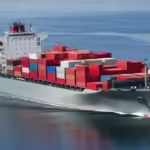

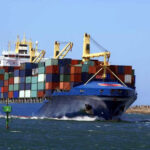
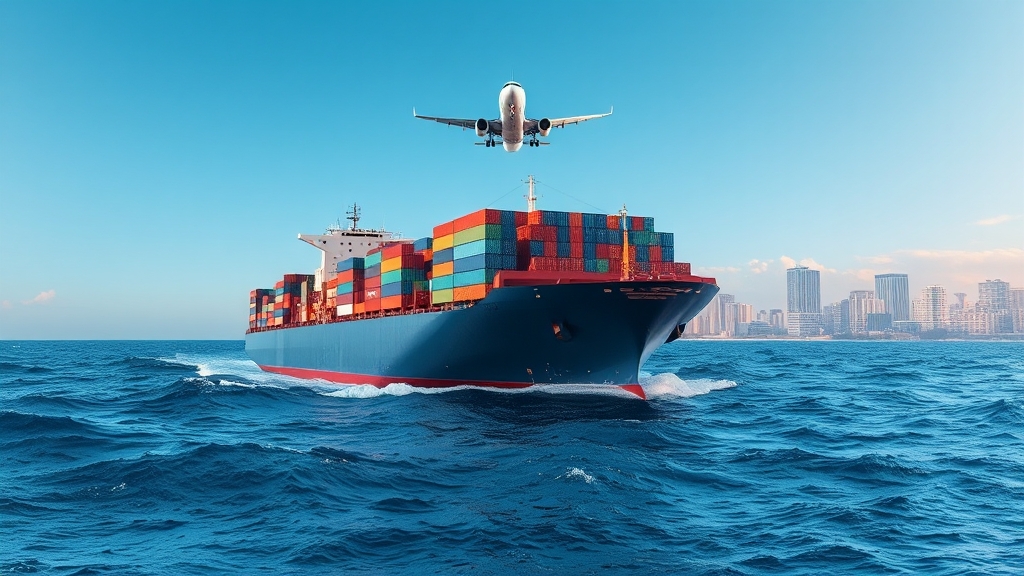
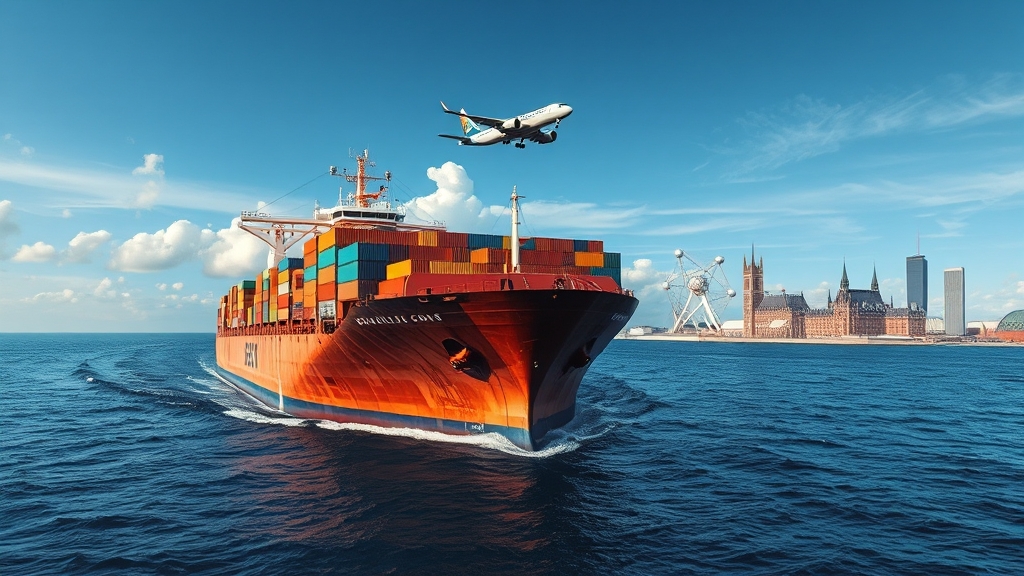
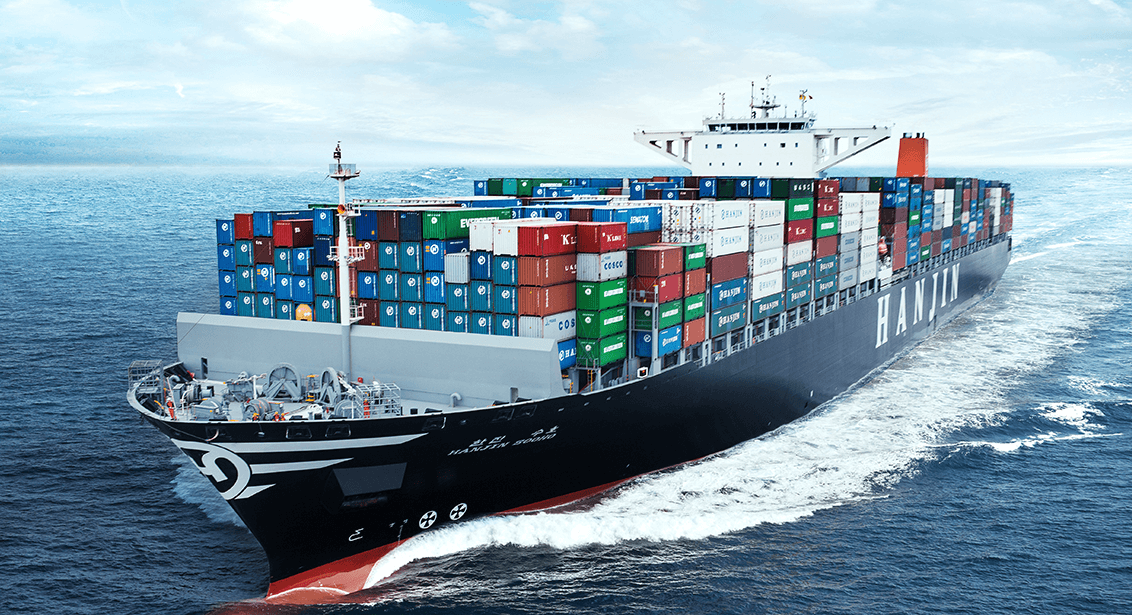
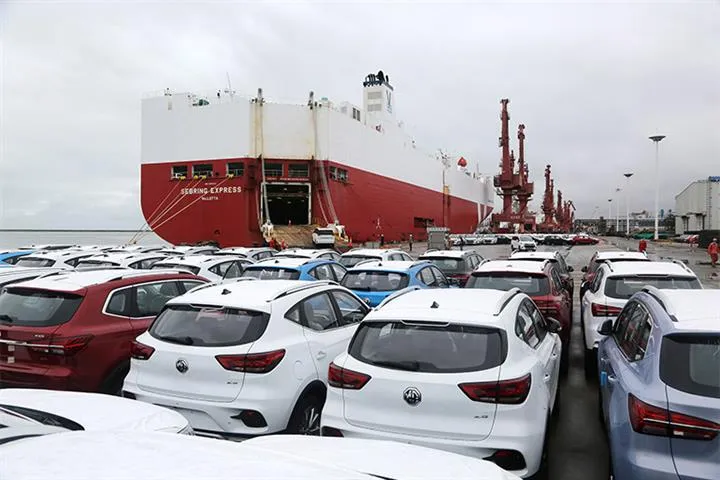






 Afrikaans
Afrikaans Shqip
Shqip አማርኛ
አማርኛ العربية
العربية Հայերեն
Հայերեն Azərbaycan dili
Azərbaycan dili Euskara
Euskara Беларуская мова
Беларуская мова বাংলা
বাংলা Bosanski
Bosanski Български
Български Català
Català Cebuano
Cebuano Chichewa
Chichewa 简体中文
简体中文 繁體中文
繁體中文 Corsu
Corsu Hrvatski
Hrvatski Čeština
Čeština Dansk
Dansk Nederlands
Nederlands English
English Esperanto
Esperanto Eesti
Eesti Filipino
Filipino Suomi
Suomi Français
Français Galego
Galego ქართული
ქართული Deutsch
Deutsch Ελληνικά
Ελληνικά Kreyol ayisyen
Kreyol ayisyen Harshen Hausa
Harshen Hausa Ōlelo Hawaiʻi
Ōlelo Hawaiʻi עִבְרִית
עִבְרִית हिन्दी
हिन्दी Hmong
Hmong Magyar
Magyar Íslenska
Íslenska Igbo
Igbo Bahasa Indonesia
Bahasa Indonesia Gaeilge
Gaeilge Italiano
Italiano 日本語
日本語 Basa Jawa
Basa Jawa ಕನ್ನಡ
ಕನ್ನಡ Қазақ тілі
Қазақ тілі ភាសាខ្មែរ
ភាសាខ្មែរ 한국어
한국어 كوردی
كوردی Кыргызча
Кыргызча ພາສາລາວ
ພາສາລາວ Latin
Latin Latviešu valoda
Latviešu valoda Lietuvių kalba
Lietuvių kalba Lëtzebuergesch
Lëtzebuergesch Македонски јазик
Македонски јазик Malagasy
Malagasy Bahasa Melayu
Bahasa Melayu മലയാളം
മലയാളം Maltese
Maltese Te Reo Māori
Te Reo Māori मराठी
मराठी Монгол
Монгол ဗမာစာ
ဗမာစာ नेपाली
नेपाली Norsk bokmål
Norsk bokmål پښتو
پښتو فارسی
فارسی Polski
Polski Português
Português ਪੰਜਾਬੀ
ਪੰਜਾਬੀ Română
Română Русский
Русский Samoan
Samoan Gàidhlig
Gàidhlig Српски језик
Српски језик Sesotho
Sesotho Shona
Shona سنڌي
سنڌي සිංහල
සිංහල Slovenčina
Slovenčina Slovenščina
Slovenščina Afsoomaali
Afsoomaali Español
Español Basa Sunda
Basa Sunda Kiswahili
Kiswahili Svenska
Svenska Тоҷикӣ
Тоҷикӣ தமிழ்
தமிழ் తెలుగు
తెలుగు ไทย
ไทย Türkçe
Türkçe Українська
Українська اردو
اردو O‘zbekcha
O‘zbekcha Tiếng Việt
Tiếng Việt Cymraeg
Cymraeg יידיש
יידיש Yorùbá
Yorùbá Zulu
Zulu